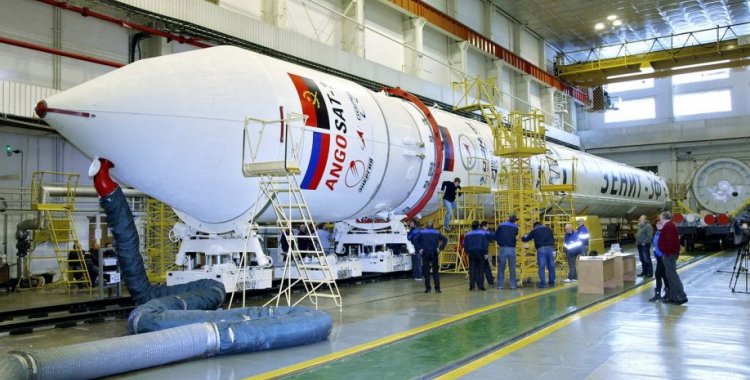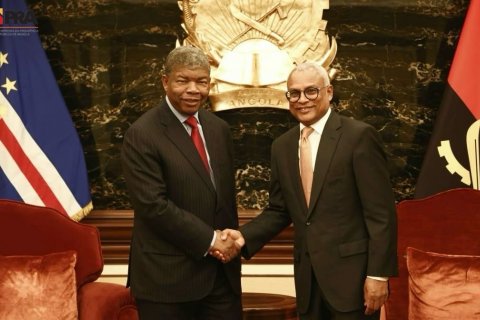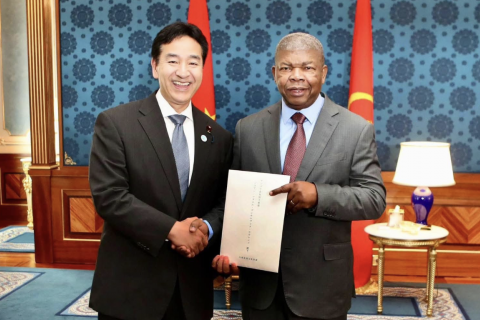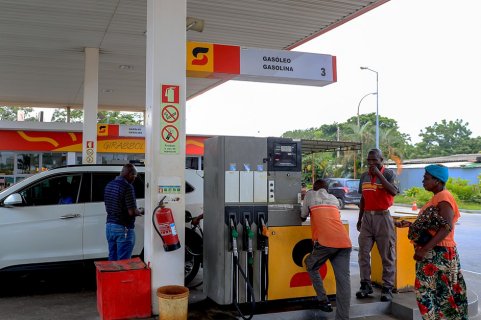A note available on the website of the National Space Program Management Office (GGPEN) states that more than 25 GGPEN specialists are "in training for international certification in assembly, integration and testing of large satellites, including electrical and term tests vacum, the result of the existing partnership with Russia and Airbus, within the scope of the Angosat-2 project".
The GGPEN emphasizes that this "is the first time that Airbus has provided a certification of this nature to an African institution in the space area, with specialist trainers from the European aerospace and war company with vast knowledge and experience in the international space industry".
According to the note, the training started on the 2nd of November and will last for a month. The certification, the statement said, contains modules tailored to the needs and challenges of GGPEN within the scope of ongoing space activities.
"The training is also a complement to the objective of the National Development Plan of continuing to train experts of excellence in the space area", the note goes on.
Angosat-2 concerns the construction, launch and operation of the second Angolan telecommunications satellite. This satellite aims to ensure "the expansion of communications services throughout the national and regional territory, thus contributing to social inclusion, as well as to greater performance of companies and consequently to national social and economic growth", and is expected to be launched into orbit in the next year.
It should be remembered that Russia and Angola had already signed an agreement for the production of a first satellite, Angosat-1. However, after being launched into space in 2017, the device lost contact with the Earth, and in 2018, a new agreement emerged for the construction of a second satellite (Angosat-2), with the aim of replacing the Angosat-1.







